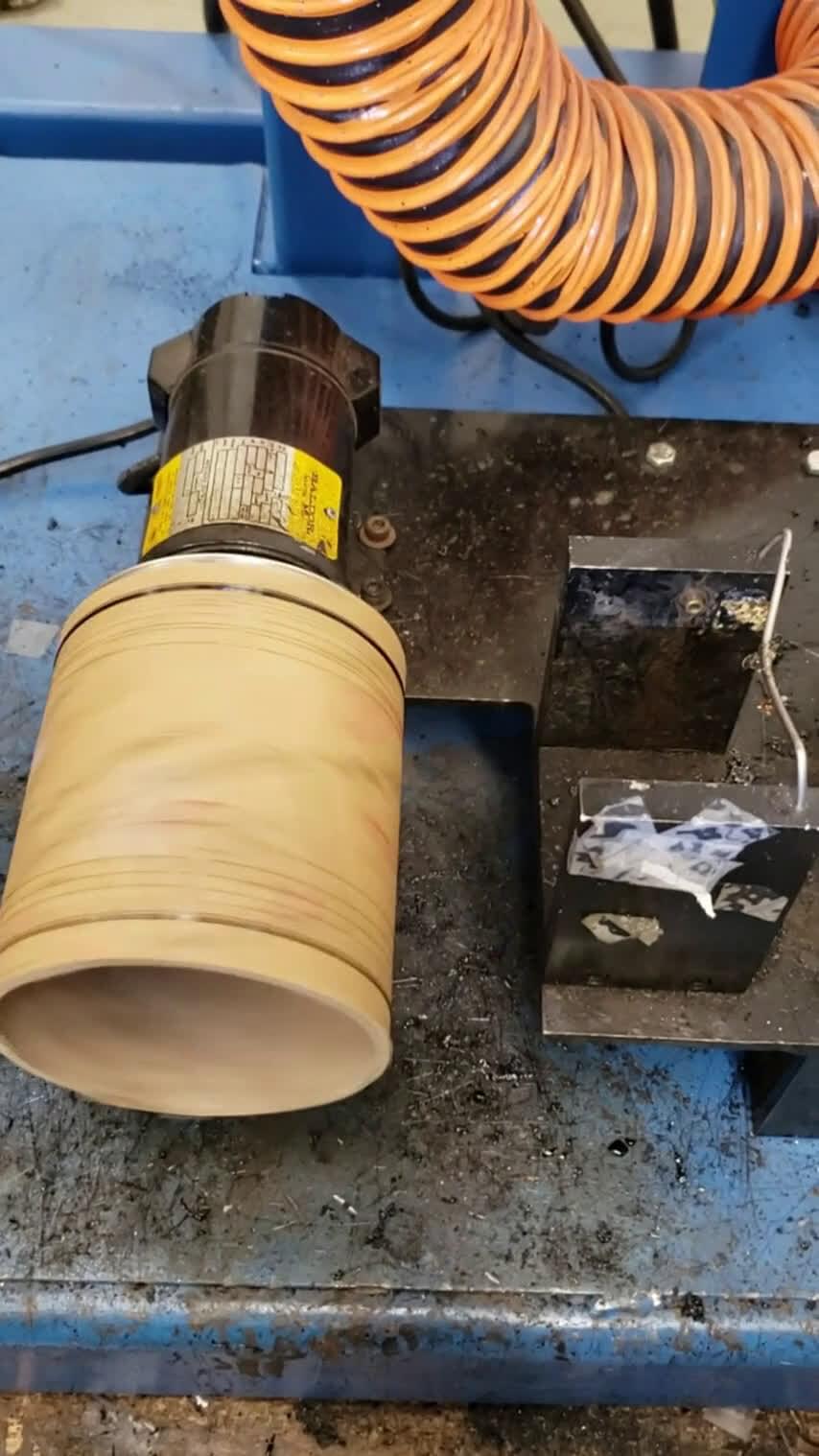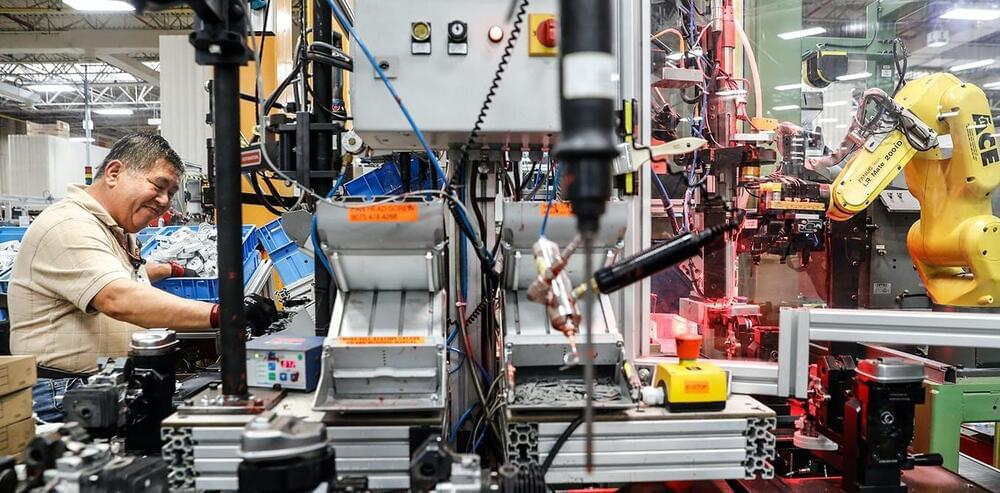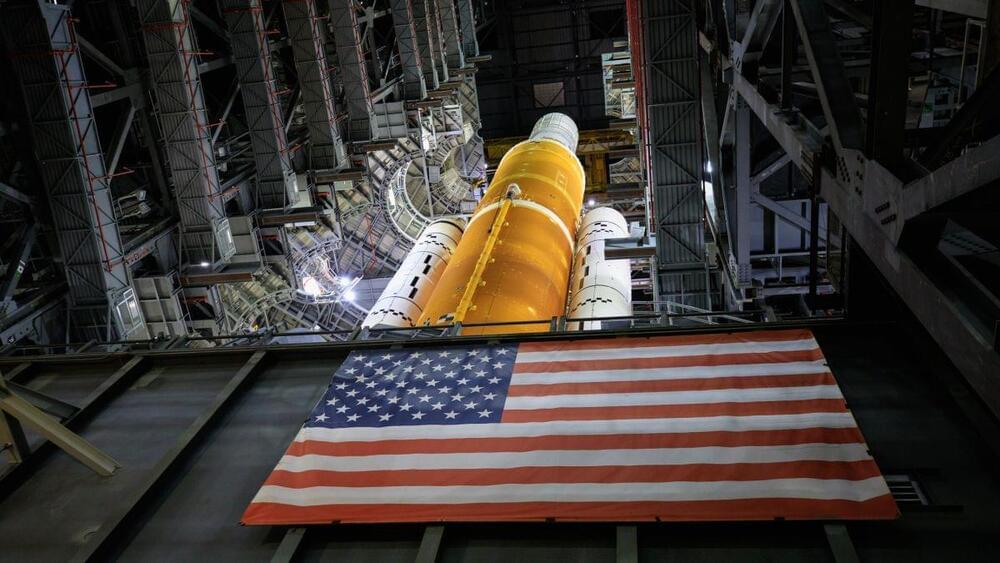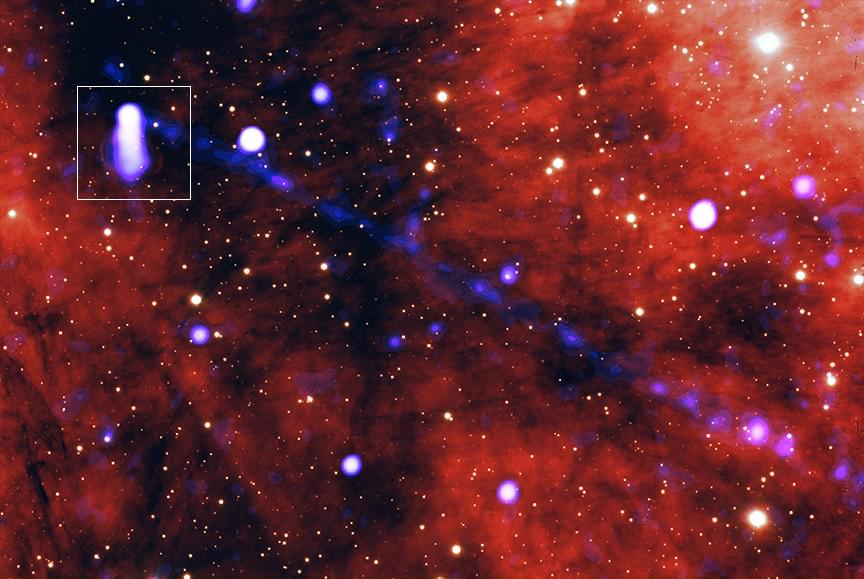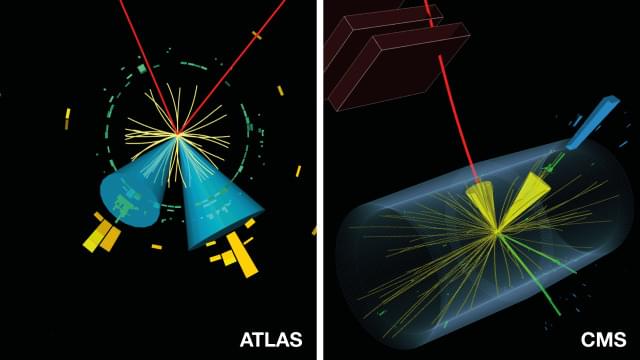
Since the discovery of the Higgs boson a decade ago, the ATLAS and CMS collaborations at the Large Hadron Collider (LHC) have been hard at work trying to unlock the secrets of this special particle. In particular, they have been investigating in detail how the Higgs boson interacts with fundamental particles such as those that make up matter, that is, quarks and leptons. In the Standard Model of particle physics, these matter particles fall into three categories, or “generations”, of increasing mass, and the Higgs boson interacts with them with a strength that is proportional to their mass. Any deviation from this behaviour would provide a clear indication of new phenomena.
ATLAS and CMS have previously observed the interactions of the Higgs boson with the heaviest quarks and leptons, i.e. those of the third generation, which agree with the predictions from the Standard Model within the current measurement precision. They have also obtained the first indications that the Higgs boson interacts with a muon, a lepton of the second generation. However, they have yet to observe it interacting with second-generation quarks. In two recent publications, ATLAS and CMS report analyses that place tight limits on the strength of the Higgs boson’s interaction with a charm quark, a second-generation quark.
ATLAS and CMS study the Higgs boson’s interactions by looking at how it transforms, or “decays”, into lighter particles or how it is produced together with other particles. In their latest studies, using data from the second run of the LHC, the two teams searched for the decay of the Higgs boson into a charm quark and its antimatter counterpart, the charm antiquark.

